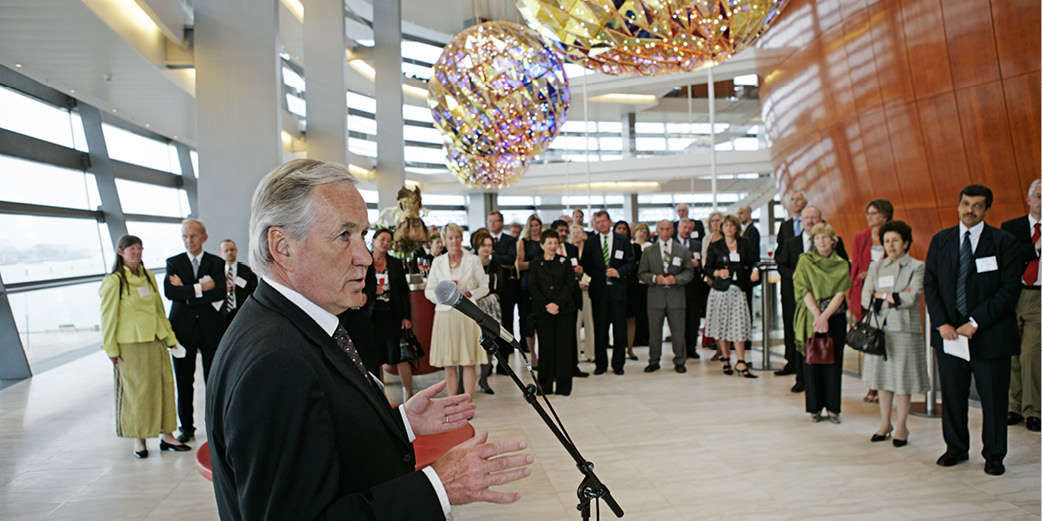I'm Afraid Bankers Really Do Earn Their Bonuses
05 Apr. 2013 | Comments (0)
![]()
The debate over the pay of top bankers is highly charged. One person's reward for generating significant revenues is another's blank check for doing little else than gambling with a client's life savings.
In what is now a famous interview with the UK's Sunday Times in 2009, Goldman Sachs chief executive officer, Lloyd Blankfein suggested he was simply a banker, "doing God's work," even if that meant, at the same time, recognizing, "people are pissed off, mad, and bent out of shape," over bankers' actions.
At least he recognized that it was hard for the average wage slave fearful for his job to absorb the fact that during the low-water point of the global recession in 2008, the average banker at Goldman Sachs still received an annual pay packet, including bonuses, of $700,000.
Of course, Goldman Sachs (GS) employees are smarter than the average bear. They also work harder than the average bear. But it's still a fair question: Is Blankfein right to think that they really deserve all that money?
Investment banks like GS reward their employees by reserving between 40 to 50 percent of net revenues for compensation. According to the annual returns from GS in 2011, this came in at just over $12 billion or 42 percent of net revenues.
To judge whether this outrageous looking sum is fair or not I apply a metric I call the Return on Invested Talent (or ROIT). Like Return on Invested Capital (ROIC), which reflects what a company earns, how much capital it needs to earn it and the ratio between the two, ROIT reveals what the company earns, how much it has to spend on its talent to earn it, and what the ratio is between the two. In short, we divide the (financial) outputs by the major (talent) inputs.
At face value, a GS banker on average generates $3.05 of revenues for every $1 spent on his or her salary. Examining profits before tax and solving for the ROIT equation described above reveals the return on investment to GS's talent generates a rate of $1.44 of profit for every dollar expended on the typical GS employee.
To put this in context, using the same equation, the average employee in a low cost airline generates a profit before tax of $1.94. On that basis, the average banker is arguably about 25% less profitable than the average airline employee — but that 25% difference certainly doesn't account for the huge gap between the average take-home pay of the banker ($367,000 in 2011) and the pay check for the average low-cost airline employee ($67,000)
So what does explain that differential? Another metric, total earning assets per head, provides a possible answer. According to this measure, in the year ending 2011, each GS banker was handling roughly nineteen times the value of the corresponding figure of assets as a typical low cost airline employee ($27.7m to $1.4m). On this basis, the GS banker is arguably under-compensated, since his or her salary is about six times that of the airline employee.
The point is that we cannot all be paid at the same rate as a banker because most of us are not dealing directly with the same volumes of capital. It is perhaps this financial reality alone, not the alternative arguments over the technically demanding and complex instruments in need of the highest levels of human capital that has become twenty first century financial market making, which justifies the differential.
Bottom line, when facts rather than emotion are applied, bankers on average might apparently deserve their bonuses. Which rather makes one wonder whether the European Union's plans to cap them isn't just an act of political petulance.
This blog first appeared on Harvard Business Review on 03/07/2013.
View our complete listing of Compensation & Benefits blogs.
-
About the Author:Dr. Anthony Hesketh
Dr. Anthony Hesketh is a senior lecturer at Lancaster University's Management School in England. His recent publications include Explaining the Performance of Human Resources Management (Cambridge Uni…











0 Comment Comment Policy